Difficulty upon difficulty
Research data from the Vietnam Association of Realtors (VARS) shows that since 2018, housing supply has been on a serious decline. The number of newly approved housing projects is increasingly limited. Meanwhile, an estimated 1,200 projects worth about 30 billion USD are facing difficulties in implementation. Since the end of 2022, only about 500 projects have been resolved.

Since 2018, housing supply has tended to decline seriously. (Photo: baochinhphu)
Limited housing supply, severe lack of affordable housing, high costs in all stages of project implementation,... make real estate prices, especially apartments in big cities, continuously increase and show no signs of stopping. Social housing is almost the only opportunity for the dream of settling down for the majority of people.
In recent times, the State has made great efforts in issuing policies to attract businesses to participate in social housing development and improve the supply of social housing. However, these policies still have many shortcomings and lack of consistency, creating many bottlenecks that make it difficult for investors to access social housing.
At the event announcing the Q3/2023 report of VARS, Mr. Nguyen Hoang Nam, Member of the VARS Market Research Working Group, General Director of G-Home said that the legal mechanism related to social housing is very complicated. Applying for a project construction permit is also lengthy, even more time-consuming than a commercial housing project. To "issue" a construction permit, social housing developers must spend at least 2 years completing the procedures.
Accordingly, although the current regulations provide incentives for social housing projects to be exempted from land use fees, before that, social housing projects still have to "go through" land valuation - currently there are still many problems and controversies related to valuation methods. At the same time, investors are not allowed to deduct but still have to pay M3 (the value of payment to the state budget in cash proposed by the investor in the bidding documents in addition to the investor's obligations to the state budget according to current law). Moreover, investors still have to pay in advance to clear the site. This amount will then be deducted from other projects or offset against the land price.
Not to mention, after 2 years of investment procedures, the social housing project takes about 2 more years to build and hand over houses to customers. After that, the investor still has to reserve a minimum of 20% of the social housing area for rent in the social housing projects and can only sell after 5 years of use.
This process lasts up to 9 years, after which the project is audited. And only when the audit is completed, the enterprise will receive a fixed profit of 10%. Meanwhile, throughout the entire project implementation process, the enterprise itself is not sure which expenses will be recorded as reasonable and valid, which fees will not be settled, or will be rejected. Therefore, the enterprise building social housing is always in a state of "luck, bad luck" like in a "gamble".
The difficulties do not stop there, access to capital is also a major obstacle for investors. According to research, most real estate projects invested in and built in Vietnam, the owner's capital accounts for about 20%, 30% is mobilized from customers and up to 50% has to rely on credit institutions. However, there have been cases where investors have had difficulty accessing loans due to lack of collateral, simply because "the land for developing social housing projects is valued at 0 VND" because of the incentive of exempting land use fees. At this time, the incentives are nowhere to be seen, only invisible difficulties for businesses.
There are too many difficulties, obstacles and shortcomings, making it seem very difficult to achieve the set goal of the project to build 1 million social housing units.
The person who needs to buy cannot buy.
Difficulties in the implementation process have made the supply to the market increasingly scarce, but the market still has a phenomenon of both a shortage and unsold social housing. Although the demand for social housing is very large and is increasing along with the speed of urbanization and the widening gap between the rate of increase in real estate prices and income.
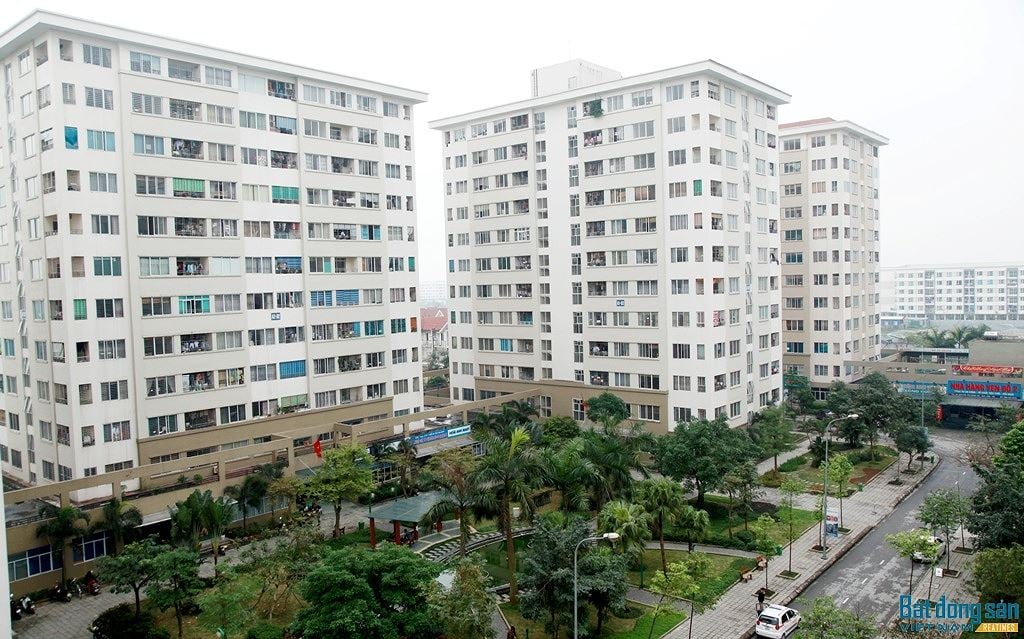
. Social housing is an opportunity for the majority of people to have a place to live, but is currently facing many difficulties. (Photo: baochinhphu)
With the urbanization rate reaching 41.5% in 2022, and increasing to about 50% in 2030. Each year, Vietnam must add about 70 million square meters of urban housing. According to the Ministry of Construction, the demand for social housing for low-income people and industrial park workers in localities in the period of 2021 - 2030 is about 2,400,000 units.
Thus, even if the project to build 1 million social housing units is fully implemented, the supply will not be enough to meet the demand. Meanwhile, the current figures show that it is still far from the project's target, although all levels from central to local are making great efforts to implement it.
According to VARS's research in areas where social housing projects are open for sale, many projects have recorded a large number of interested people and applications for almost all of their products as soon as they were launched on the market, while some localities with export processing zones and industrial parks with hundreds of thousands of immigrant workers have recorded "sluggish" sales despite being offered for sale many times.
Last August, in a report sent to the Ministry of Construction, the People's Committee of Bac Ninh province said that although Bac Ninh province has invested in building tens of thousands of workers' houses, it seems that workers working in the province are not interested in buying workers' houses.
Accordingly, among the 7 completed and partially completed worker housing projects in Bac Ninh, providing the market with about 4,000 completed apartments, the number of workers working in industrial parks registering to buy houses is very small.
The report stated that recently, project owners have advertised 1,681 worker housing units for sale, but very few have been sold. Currently, 7 projects still have 1,324 units left.
Explaining the reason, according to Mr. Nguyen Hoang Nam, the main reason is that those who need to buy cannot buy while the policy is directed towards those who do not need to buy.
“The law on social housing is very strict on the buyers, many provinces only sell to workers. Many provinces only sell to workers in an industrial park. Some provinces even only sell to workers in an industrial park but only in one district. Meanwhile, the connection between workers and the locality is not necessarily high,” Mr. Nam shared.
Therefore, to ensure social security, to eliminate the phenomenon of both lack and unsold social housing, it is necessary to continue researching and promulgating mechanisms and policies to encourage private enterprises to participate in investing in developing social housing. At the same time, expand the beneficiaries of housing policies, especially social housing. The beneficiaries of social housing support policies (renting, renting, buying) need to be adjusted with simple, easy-to-identify criteria, minimizing requirements for documents and administrative procedures such as housing status, income level, etc.
In addition, it is necessary to change the thinking of developing social housing. Social housing projects need to improve the quality, ensuring adequate conditions for people to live long term. To improve the quality but still ensure reasonable prices, investors should gain profits, social housing projects should be developed with appropriate scale.
The regulations on beneficiaries of social housing policies also need to be changed to be more appropriate. Social housing is not for sale to the rich, but should also target those with incomes that are subject to tax, have savings, but cannot access commercial housing with high prices. Because, if people have very low incomes, poor households, near-poor households, below the level of having to pay personal income tax, it means that these people do not have enough money to cover their living expenses, do not have savings. Therefore, they cannot buy social housing.
N.Giang
Source


![[Photo] Relatives of victims of the earthquake in Myanmar were moved and grateful to the rescue team of the Vietnamese Ministry of National Defense.](https://vstatic.vietnam.vn/vietnam/resource/IMAGE/2025/4/2/aa6a37e9b59543dfb0ddc7f44162a7a7)



![[Photo] Third meeting of the Organizing Subcommittee serving the 14th National Party Congress](https://vstatic.vietnam.vn/vietnam/resource/IMAGE/2025/4/2/3f342a185e714df58aad8c0fc08e4af2)





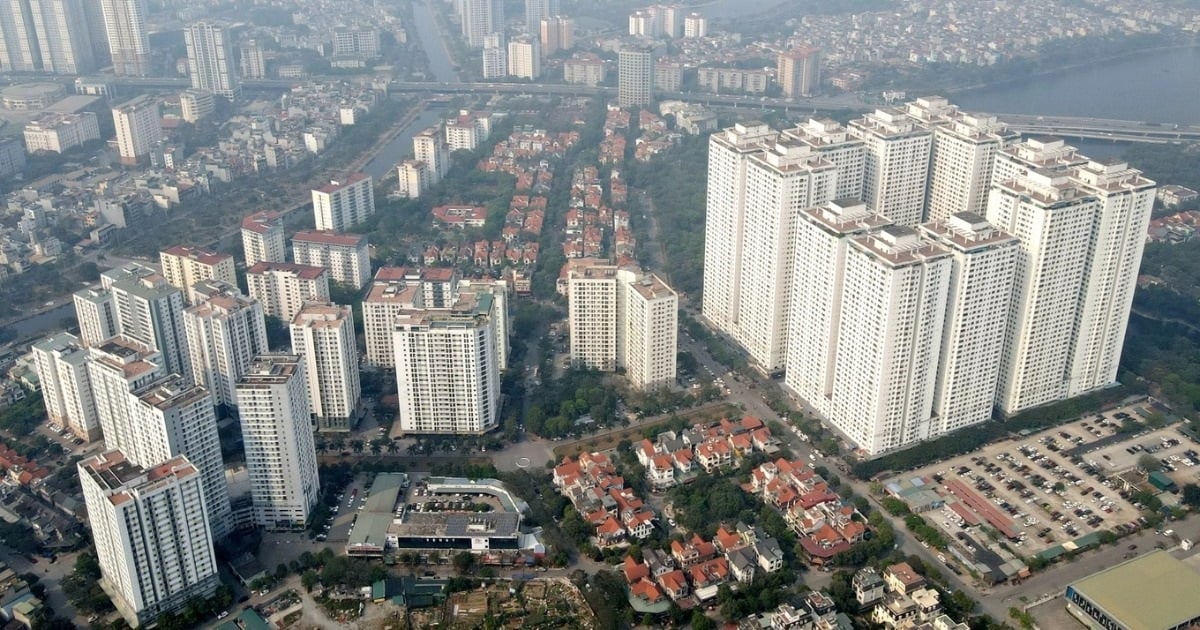
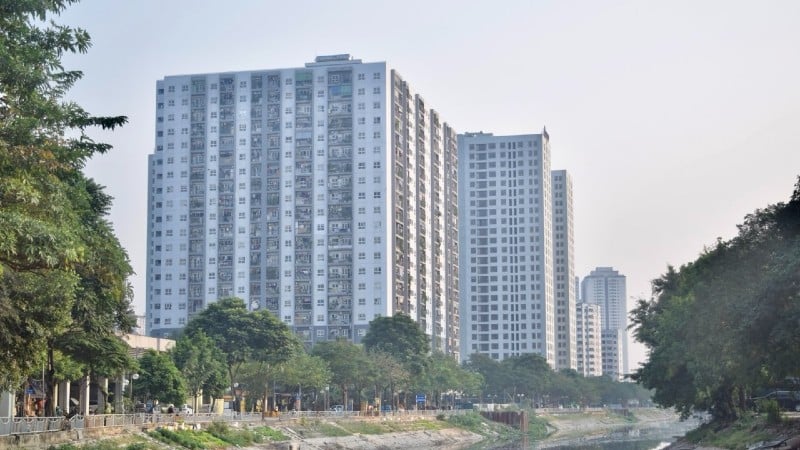

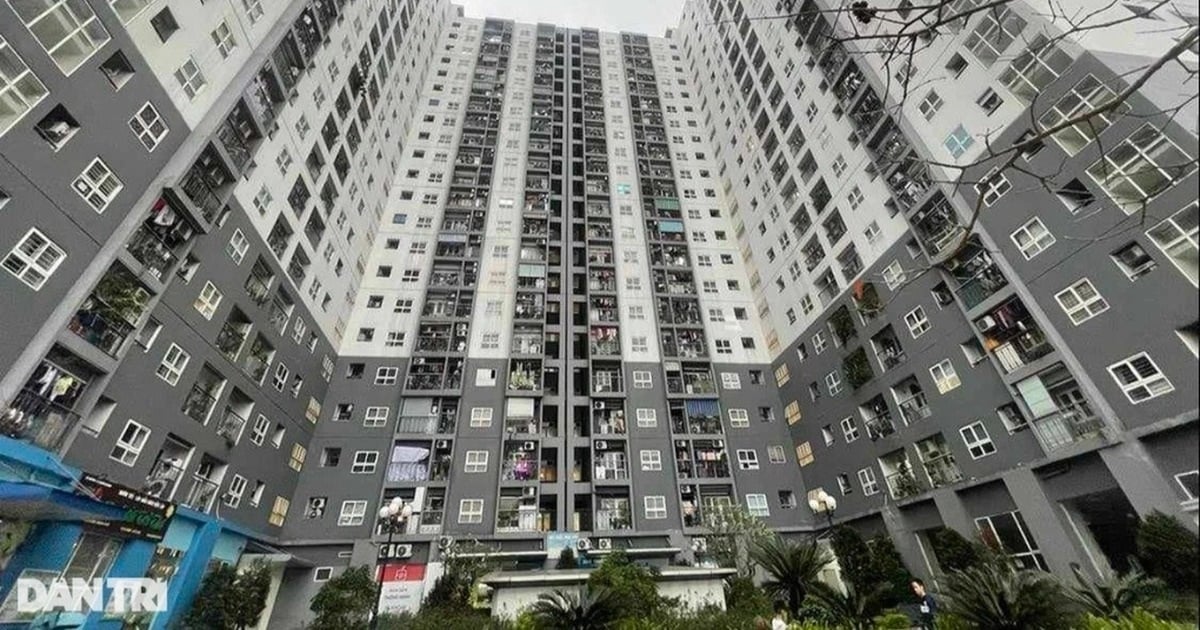
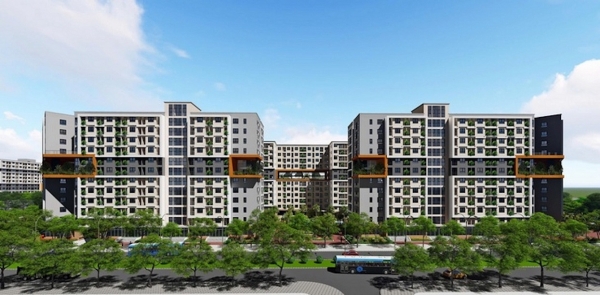

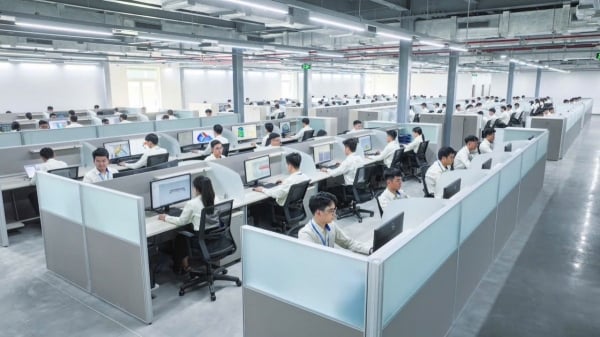



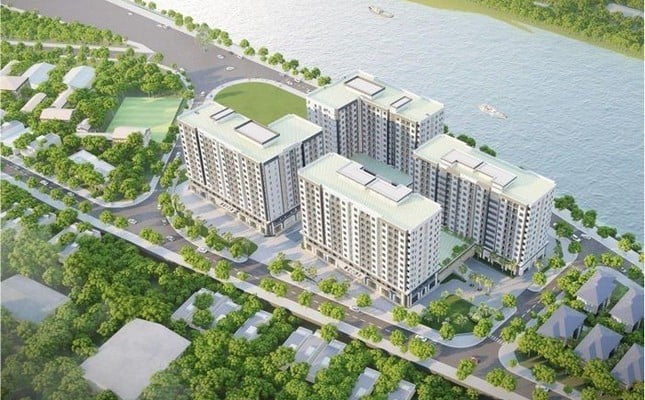



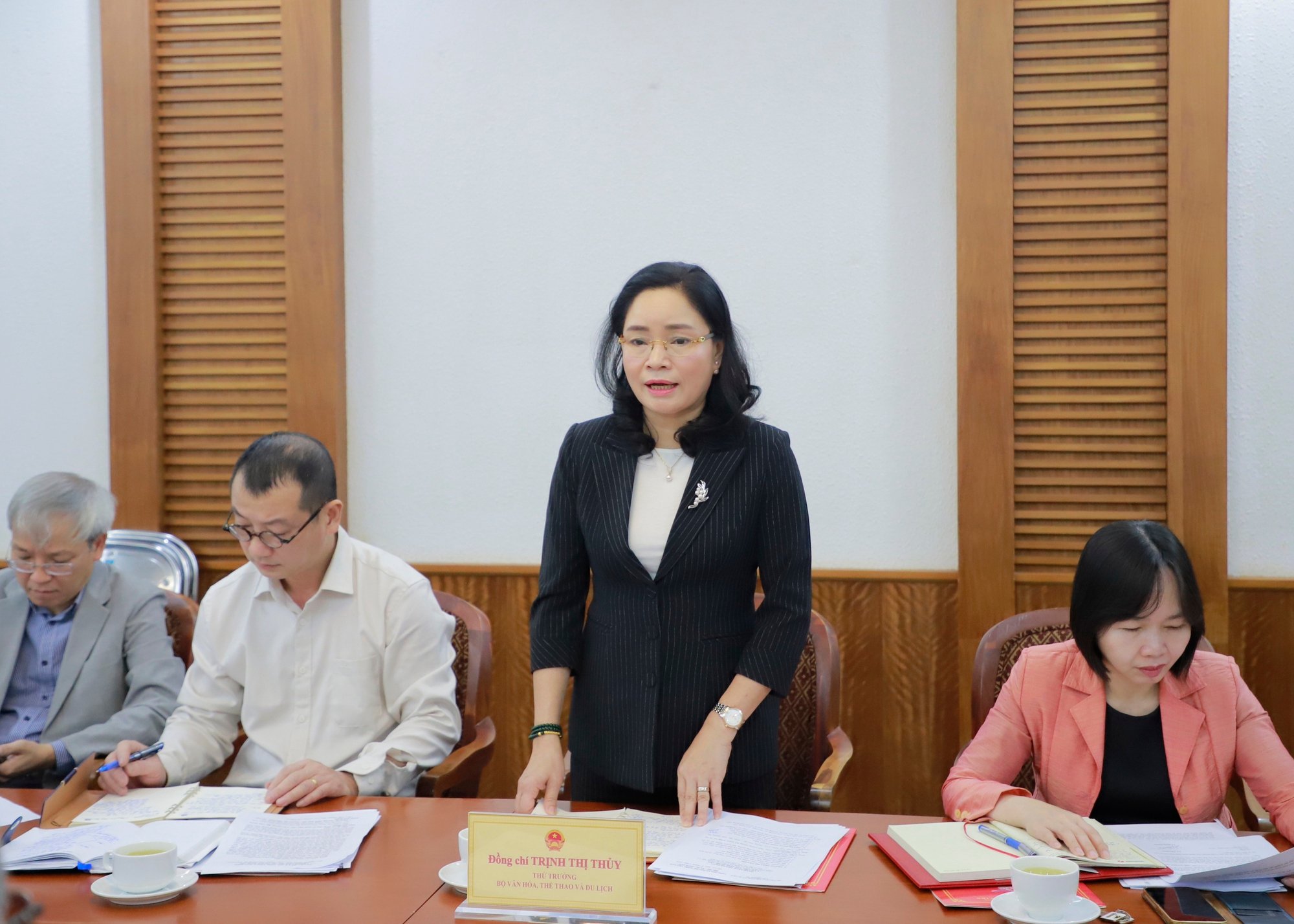




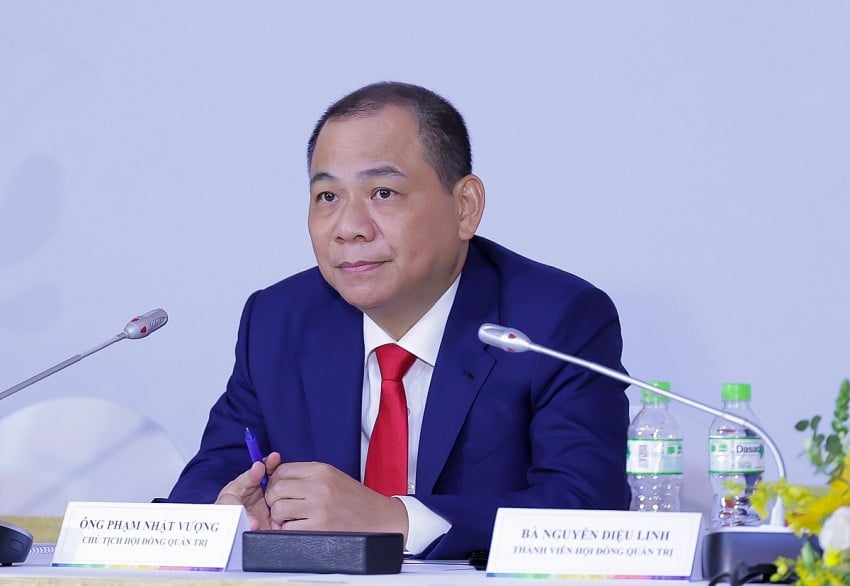




































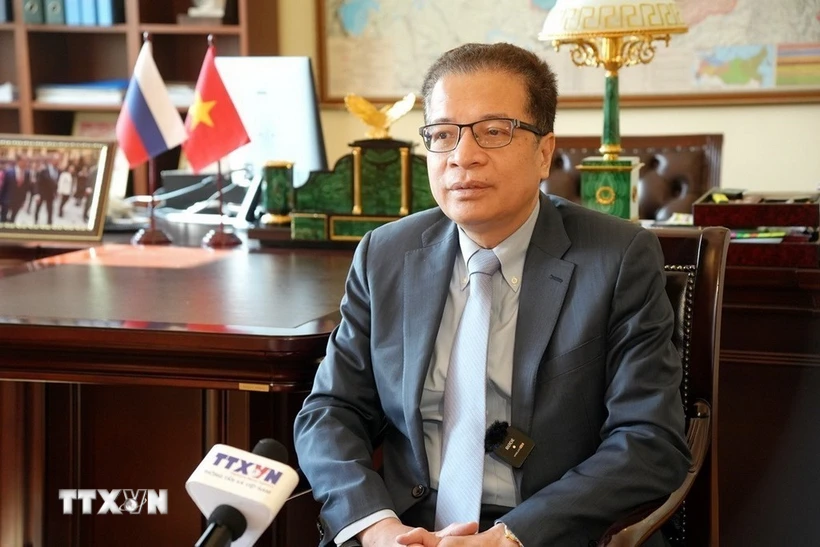



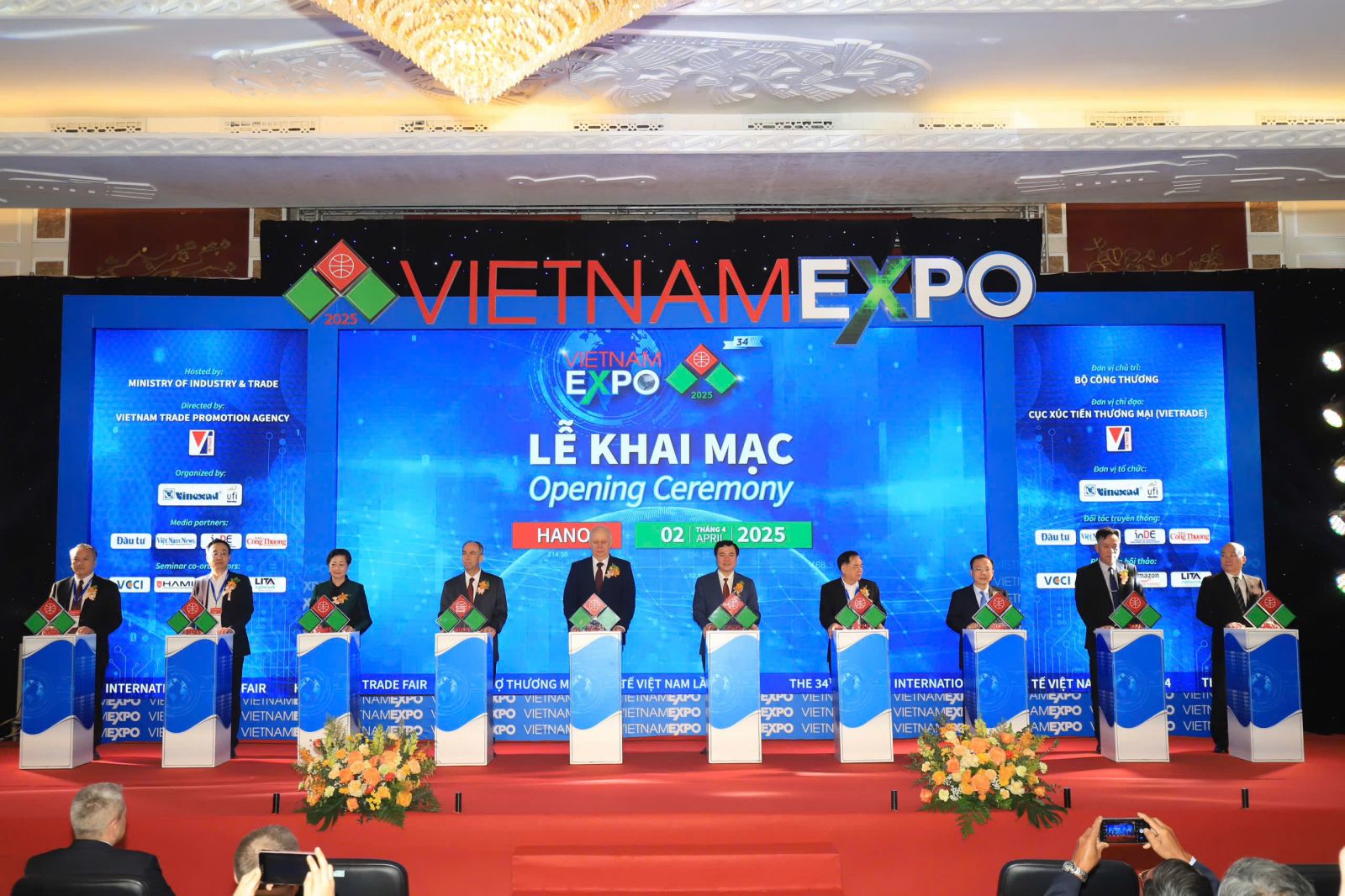



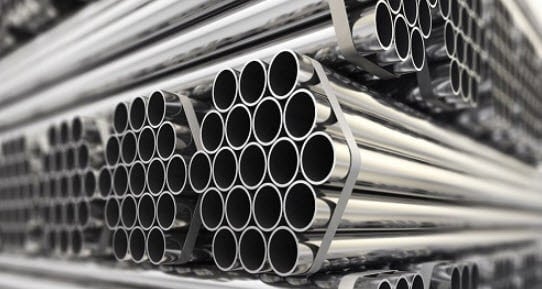



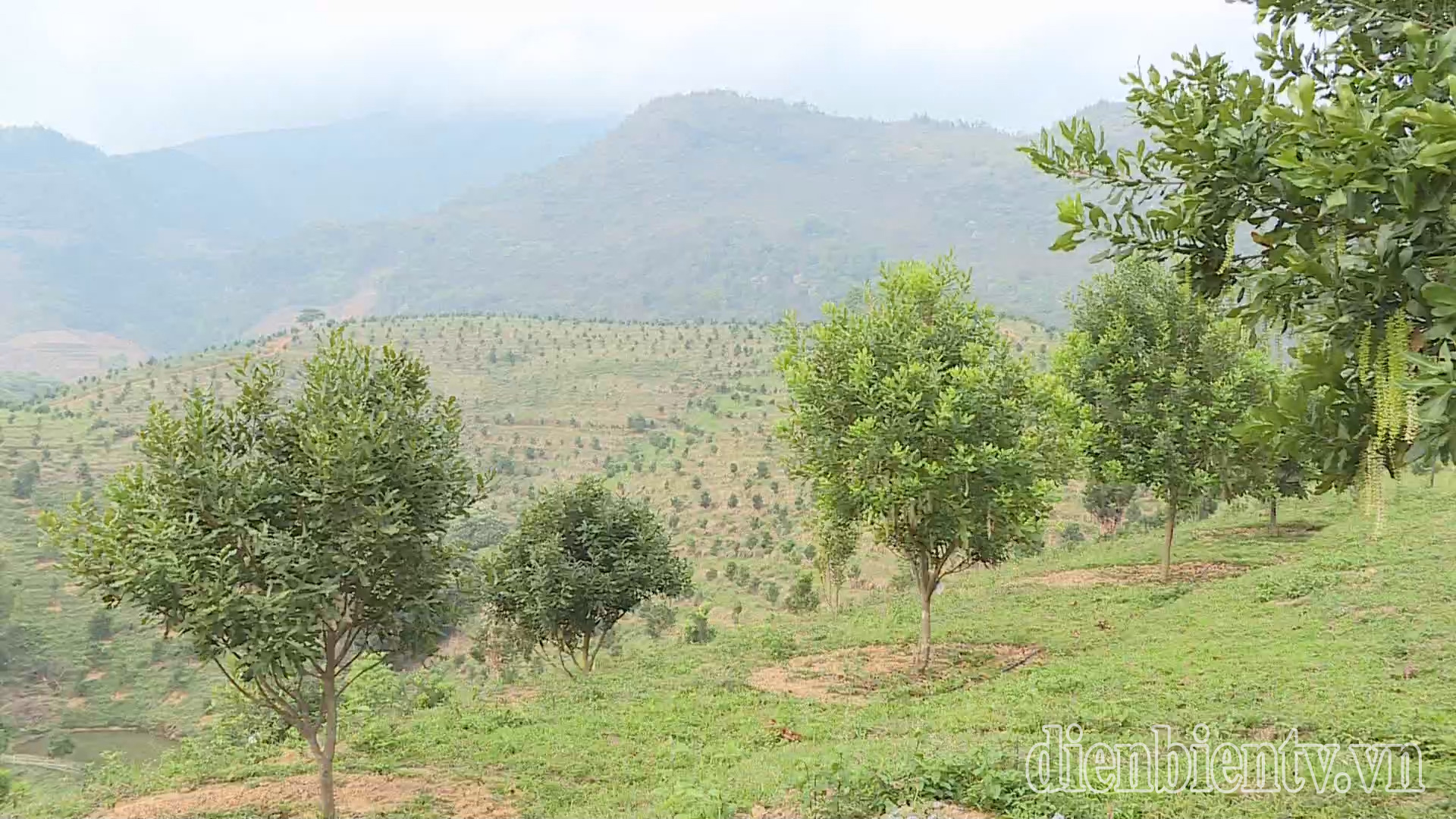
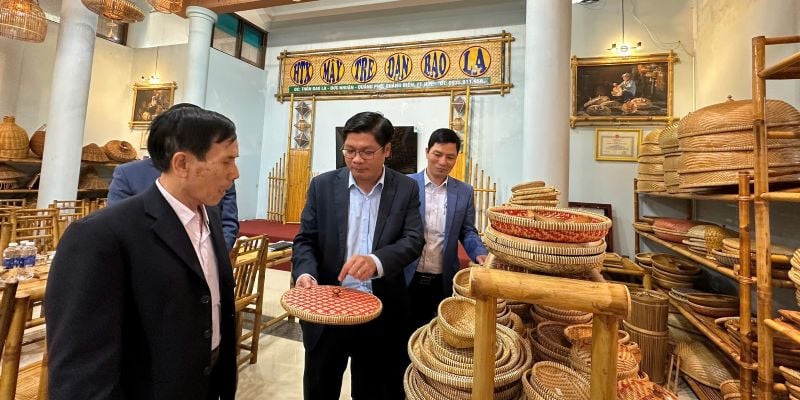

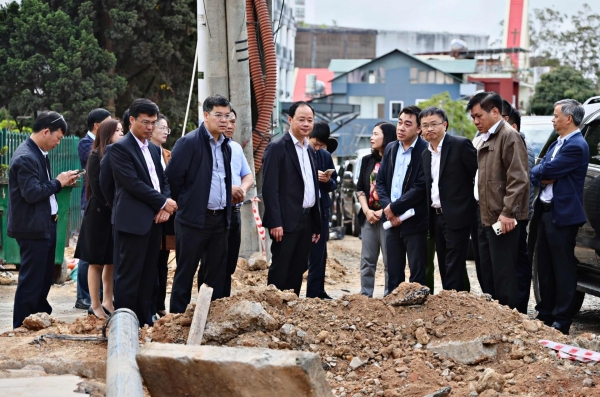













Comment (0)